Music + Movement: More Power
At whatever phase in life, people who struggle with learning and retention of information are especially impacted in positive ways when music and movement are combined into pleasurable activities such as dancing. Exactly how does that work? Let’s have a look.
When balance, coordination, and tasks affecting the vestibular system are required, the lower parts of the brain are regulated and balanced. This frees the higher parts of the brain to do what they do best. As a result, problem-solving and critical thinking skills, effective communication, and knowledge acquisition through reading, writing, and math become easier.
These improvements are magnified when it comes to speech and language. That’s because experiencing music—whether listening and moving to it or singing along with it—involves the same brain circuits as speech and language development.
So when someone close to you displays these types of difficulties, put some fun back into life. Play music; get up and move to it. Together, open up your brains to higher functioning as you rock, sway, dance or get your groove on in other ways. The smiles are sure to follow.

